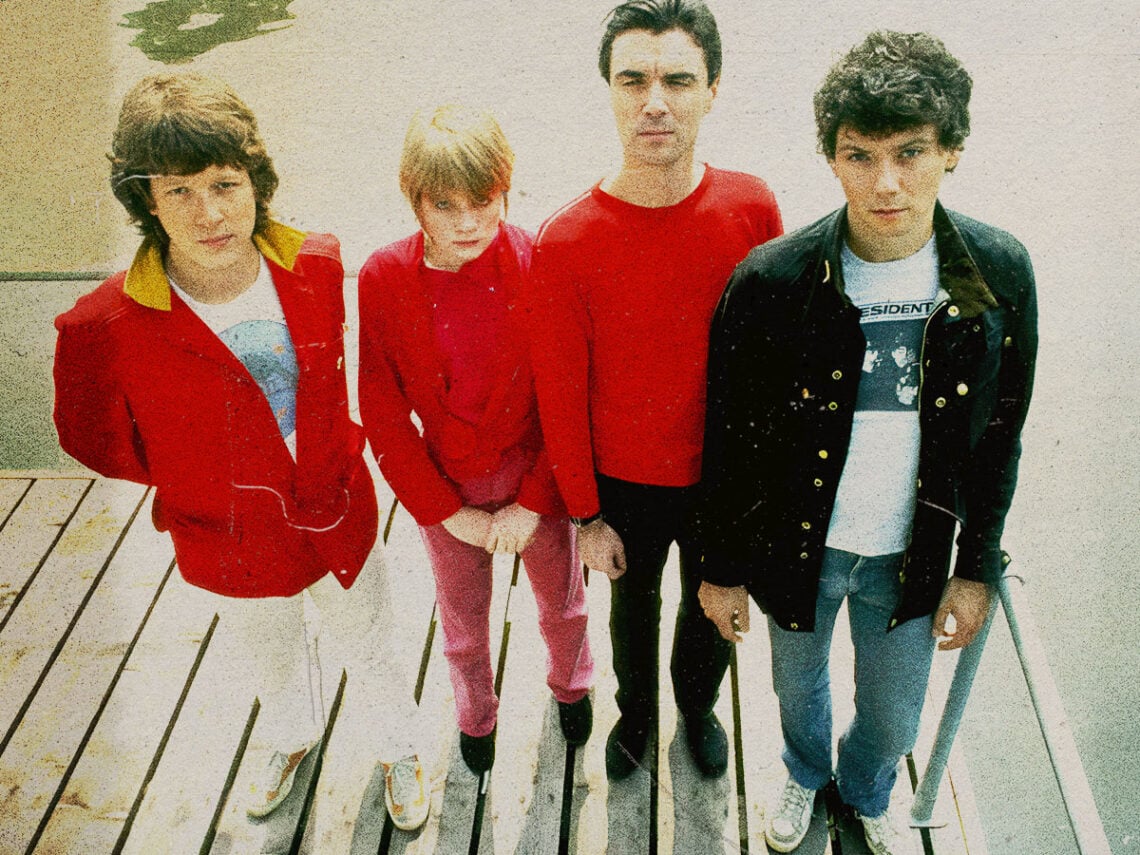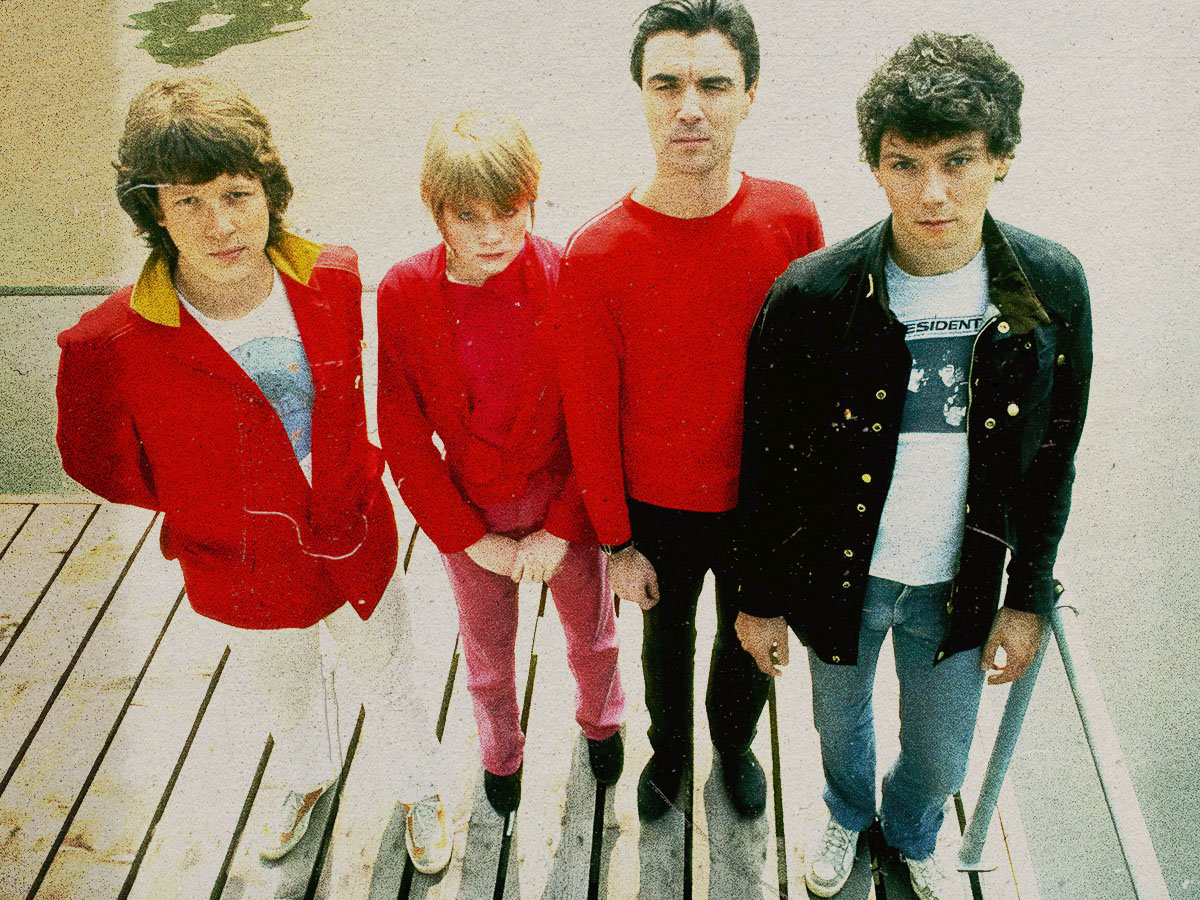
(Credits: Far Out / Alamy)
With the Talking Heads emerging onto the broken New York scene of the late 1970s, a new chapter of musical history was written. Come the latter part of the decade, the streets of the world’s favourite city were positively in ruins. The economy had crippled everyday living and an everpresent danger on the streets raised questions of irreversible decline. Predictably, the beam of light from the desolation was the burgeoning punk scene that thrived.
The Ramones typified the punk movement and soundtracked a dark subculture of downtown Manhattan. It was an era where innovation was rooted in the remoulding of traditional sounds and the manner of lyrical delivery, rather than painstakingly working on textural experimentation in the studio.
But like all chapters in musical history, the horizon of that movement drew ever closer towards the end of the ‘70s, and a void was ready to be filled by the right artist. Enter, Talking Heads. Cobbling together the jagged edges of Lou Reed’s art-rock movement and welding them into a textural soundscape inspired by the thriving disco scenes of the dark city’s colourful subcultures, they ushered in a new era of experimental alternative music.
Their debut album Talking Heads: 77 gave way to a career-long signature hit with ‘Psycho Killer’, despite its obvious departure from modern trends at the time. But when the decade gave way to the ’80s and looked forward to an era that would define the grandiose luxury of metropolitan living and an America under the shadow of wild free-market capitalism, the Talking Heads entered the conversation.
David Byrne streamed his social commentary over an upbeat composition suitable for the redemption arc of a Hollywood hero. It’s this paradox that made the band one of the most fascinating artists of the late 20th century, for they acutely understood the genuine experience of modern life that sat somewhere in the grey area of hopelessness and despair.
As history has rolled on, one album has remained a timeless classic for the band, not so much for its commentary but for its textural achievement and representation of sonic experimentation they were so keen on. When asked about his favourite Talking Heads song from Remain in Light, keyboardist Jerry Harrison said, “It’s hard to get away from ‘Once in a Lifetime’, partially because it’s been featured in all of these films through the years. But on a deeper level, it really captures the ambiguity of the recording process.”
He added: “There’s an unusualness to the beat. We had laid down all of these parts individually. It sounds like it can be a million different things before you realise what the mix is doing. And the lyrics, of course, have the same sense of wonderment and randomness of life all these years later. Tina’s bass, Chris’s drums, and my keyboard wash add to it. The song is just sort of there. It’s a state of being as opposed to a march through life.”
It’s a song Harrison shares with fans as a favourite of the band. It typified their unique, multi-layered approach with a paradoxical lyrical sentiment that made them an esoteric yet societally relevant band. As 1980s America hurtled towards hyper-capitalism, it was the perfect soundtrack for the blissful hopefulness of a disillusioned generation.
Related Topics
Subscribe To The Far Out Newsletter
